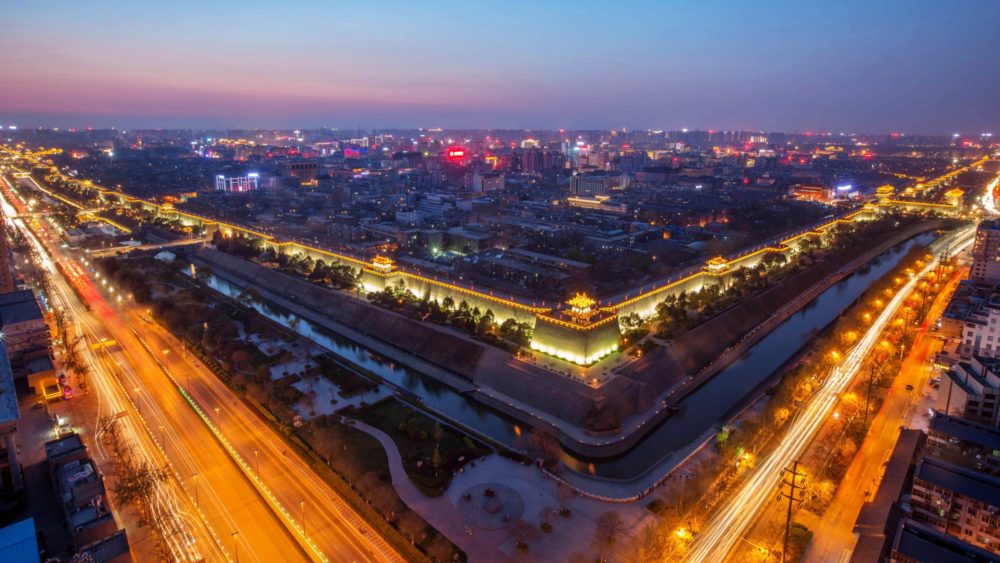The project summary below was prepared by visiting scholar Associate Professor Shidong Liu (Stone), from the School of History-Culture and Tourism at Xi’an University.
Chinese cities are some of the most densely populated in the world. A focus on China is therefore imperative to achieve the aspiration of the United Nations Sustainable Development Goal (SDG) 11 of sustainable cities and communities. That is cities and human settlements that are inclusive, safe, resilient and sustainable. Consequently, there is an emerging body of literature that discusses urban sustainable issues, employing sustainable theory and the framework of the SDGs.
However, there are three main gaps in this literature, including:
1) The lack of standardisation and strong comparable urban statistics data;
2) The lack of a suitable dynamic model to explain the mechanism of urban sustainable development and the relationship between each indicator; and
3) The localization research to a city level and the absence of research at a country level.
This study aims to bridge these gaps by drawing upon quantitative data published by China’s government.
This study adopts the Drive-Pressure-State-Impact-Response (DPSIR) model to explain the urban sustainable development mechanism, and to provide a framework of indicators to explore SDGs Goal 11 targets and indicators.
This study focuses on six cities in Shaanxi Province of China for the period 2008 to 2018. The mountain geography of this region in China has resulted in diverse urban development strategies among the cities. For this reason, this study divides the six cities into two regions: Guanzhong agglomeration on the north side of Qinling Mountain and Shannan agglomeration on the south side of Qinling Mountain.
The results show that the sustainable development of urban cities is greatly influenced by China’s national economic development plans and urban development strategies. It also indicates that the economic development and management level of authorities can greatly promote urban sustainability. The analysis suggests that there is an imbalance among the urban sustainability of six cities and this affects the overall development of the region. And finally, compared with Guanzhong urban agglomeration, Shannan urban agglomeration is subject to the policy needs of environmental protection in Qinling mountain area, its economic development is obviously restricted and the urban sustainability is relatively low.
Theoretical and managerial implications are presented to assist in addressing these challenges and to support policies and initiatives that move these cities in China towards achieving SDG 11.
